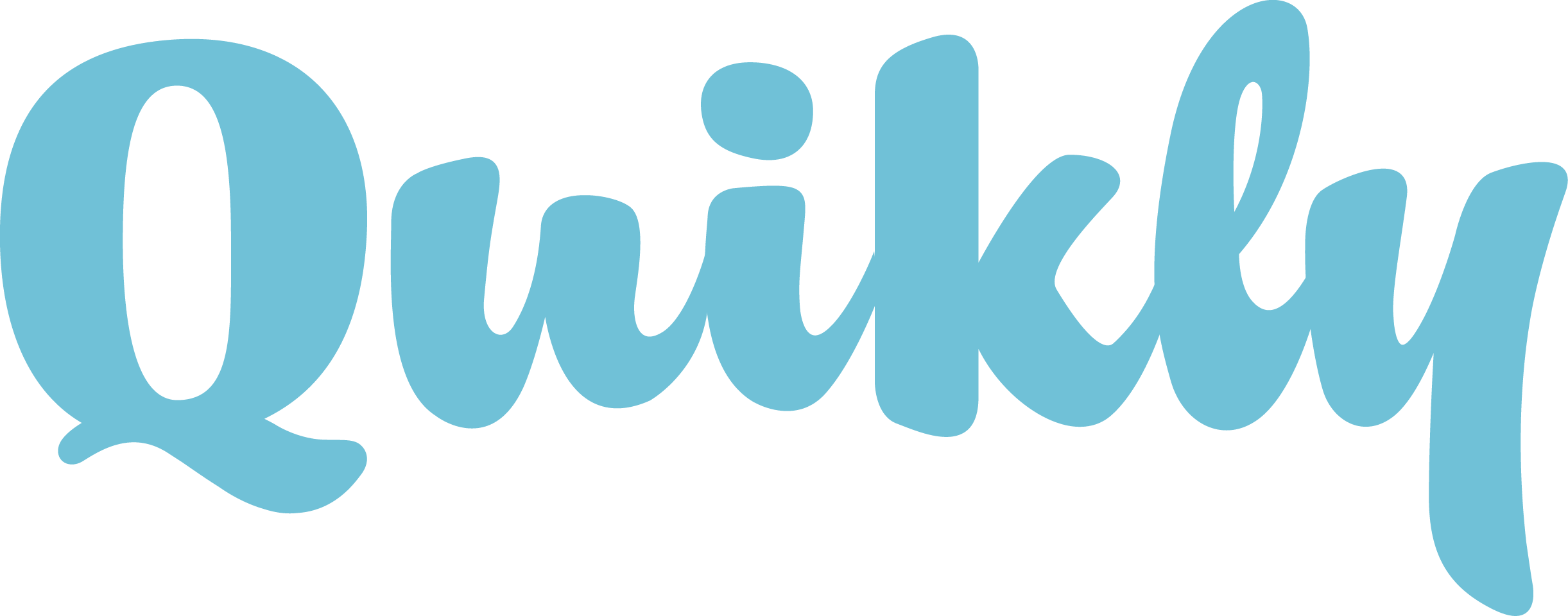Persuasion: The native language of effective marketing
Lindsay Keener
Brand Journalist

At its core, marketing is all about effectively communicating messages that guide customers to make the best decisions. In many ways it is a form of persuasion.
Stephen McGarvey, Founder and President of Solutions in Mind and author of "Ignite a Shift," talked to us about how to leverage language, memory and positive persuasion, in order to influence customers with integrity.
Persuasion and language
In the field of marketing, it isn’t hard to find things that go together well. Influencers and social media. Gamification and loyalty programs. Persuasion and language.
“We, as human beings, experience life and then we use language to label those experiences,” said McGarvey. “In the context of persuasion, language can be used to influence someone’s behavior. Those two things are intimately and integrally connected."
To best explain how language can be used to direct the thought process, McGarvey cited an example from "Thinking, Fast and Slow" by Daniel Kahneman. The author looks at a study by Harvard researchers that shows how framing data and language can impact human behavior.
“The language we use engages and guides the mind by setting our expectations. What are we picturing? What are we expecting as our outcome? If I were to say 10 percent mortality, you’d think of death and feel fear whereas if I said 90 percent survival rate, you’d be much more confident in moving forward,” said McGarvey “This is the exact same data, but how you frame it triggers a different emotion and behavior.”
“If you have the best product and the best solution, you owe it to your customers to give it to them,” said McGarvey. “If your intention is to legitimately serve a consumer problem or need, that’s when persuasion can be a good thing. People want to be persuaded, they just want to make sure it’s in their best interest.”
Persuasion and memory
Some areas of persuasion are so heavily ingrained in the human experience that they’re unknown to the average person. Memory association is one of those things.
Memory is a powerful tool. It has a direct effect on how humans perceive their past, present and future. It also influences how a consumer thinks of a brand.
“If there’s rapport between a brand and a customer, and that brand has made the experience memorable for that consumer, it will trigger a positive emotion that encourages the consumer to want to experience the brand again,” said McGarvey. “The more consistent that is, the more it builds those connections in the nervous system that makes consumers want to buy with that brand.”
It’s up to brands to position themselves in a way that best creates and triggers positive memories.
“Brands are constantly making connections, reinforcing connections or separating connections. As long as it’s a positive connection, it continually gets reinforced in the nervous system. So each time you interact with that brand, you’ll trigger the memory that is holistically intertwined with that experience.”
Each memory created will present itself as an “unconscious influence,” a motivator for moving consumers toward or away from a certain behavior.
Techniques
With persuasion being a means of problem-solving, one can only expect it’d be able to rectify one of the largest problems facing brands: the “noise” preventing effective communication between customers and brands.
We asked McGarvey to describe his go-to persuasion tactic for cutting through the noise. He said brands should identify what motivates them to act through the power of language.
“If you look at different industries, you have your fear-based, ‘away from' industries that are all about what you can avoid, prevent or eliminate. Then you have industries that are selling what you can gain, accomplish and achieve,” said McGarvey. “Those language techniques are polar opposites, but they’re on the same spectrum. If you understand the underlying motivators for your customers, you can pick the language technique that will better resonate with them.”
Directing customers to the best solutions for their needs takes skill. Understanding the art of persuasion and its many forms is critical in helping brands create memorable experiences and serve their audience.
Lindsay Keener
Lindsay Keener is a brand journalist for Quikly. She covers stories that help to inform and educate consumer-facing marketers.
Lindsay Keener
Lindsay Keener is a brand journalist for Quikly. She covers stories that help to inform and educate consumer-facing marketers.

